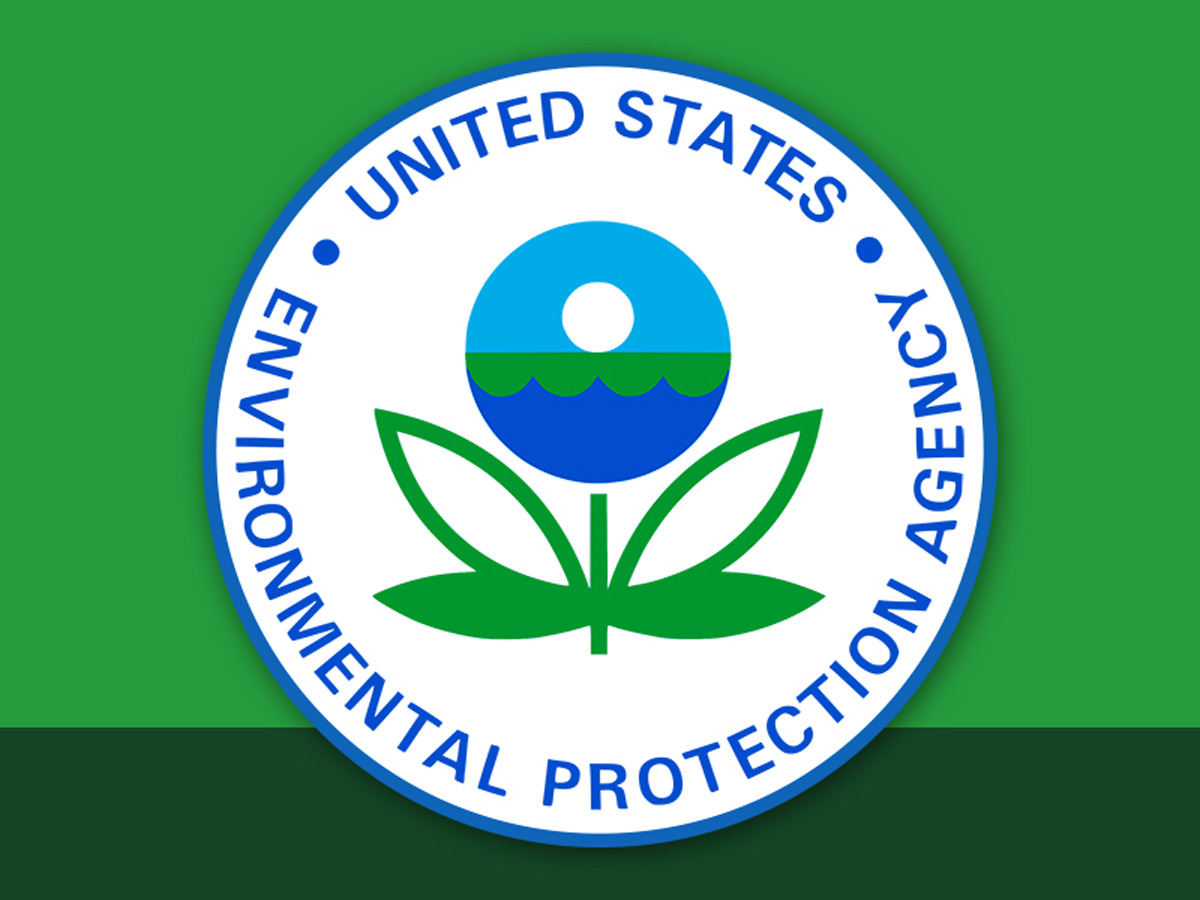Officials from the U.S. Environmental Protection Agency (EPA) visited the Village of Questa on April 16 to talk about progress in the Superfund cleanup of the old Chevron mine. EPA Environmental Engineer Nicole Foster focused her talk on the mine site to the east of the Village and the tailings facility to the west.
“For about a hundred years we had mining of molybdenum in the area both underground and open-pit… in 2014 the mine permanently closed down,” Foster began with a brief background of the mine. “The real take away is that it has left us with 300 million tons of waste rock that needs to be cleaned up and reclaimed and also one hundred million tons of tailings.”
Tailings are the term for waste byproduct of the processing of mined ore, consisting of ground rock, unrecoverable metals, chemicals, and organic matter. Tailing facilities are designed to contain such waste produced by mining operations and Questa has two such facilities.
The operation to clean up the defunct mine is made up of five sites: the mill area, the mine site area, the tailings facility area, Eagle Rock Lake, and the south tailings facility area. These sites comprise the whole Superfund site, which is governed by a Record of Decision from the EPA, a document that defines the options available for cleanup based upon effects on the land, wildlife, and humans in the area.
The EPA has two primary administrative instruments in place to facilitate the Superfund site: an Administrative Order on Consent (AOC) and a Consent Decree. The AOC is essentially an agreement between parties involved (Chevron, EPA, the State of New Mexico, etc.) that is legally binding but more easily amenable to the latter option, the Consent Decree, which is undertaken through parties involved as well as the U.S. Department of Justice and signed by a federal judge.
Questa del Rio News participated in a tour of the mine area in November of 2023 during which we saw the details of the cleanup process, particularly water treatment. Water filtration is an essential component of the Superfund site. “In our Record of Decision Chevron is required to keep [ground water levels] in the mine area lower than the Red River,” explained Foster.
Read more here:
https://questanews.com/agua-es-vida-molybdenum-mine-tourhighlights-need-to-resolve-ongoing-water-rights-dispute/
“I know they’re doing reclamation in the mine area, but I want to know what they’re doing or what is going to be done about [an excavated canyon through U.S. Forest Service property],” inquired a Questa resident in the audience, claiming that it disrupted the watershed and has caused contamination of his private well water since 2016.
“As far as I’m aware, if [the land] is attached to the Forest Service and it’s not a part of the mine site…” Foster began. “It is a part of the mine site because they excavated it,” interrupted the resident. “He’s talking about underneath Largo Canyon,” clarified Village of Questa Councilor Jason Gonzalez.
“I would like to have that watershed restored,” said the resident. “I’ve talked to the State and they said they don’t have jurisdiction. Meanwhile, my well water is contaminated.”
EPA representatives simply explained that Largo Canyon would be under the jurisdiction of the U.S. Forest Service and encouraged the resident to keep reaching out to them. “We can’t really promise anything,” said EPA’s Kevin Myers. “We can certainly go out and take a look at it but any action would ultimately involve the Forest Service.”
EPA’s Nicole Foster can be reached at (214) 665-7248 or foster.nichole@epa.gov as listed on the EPA’s landing page for the Questa Superfund site: https://cumulis.epa.gov/supercpad/cursites/csitinfo.cfm?id=0600806.




